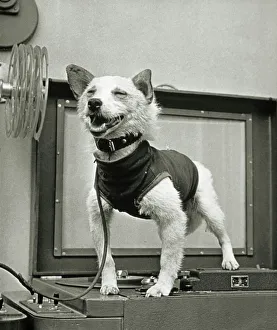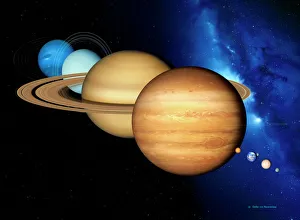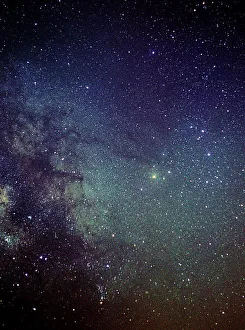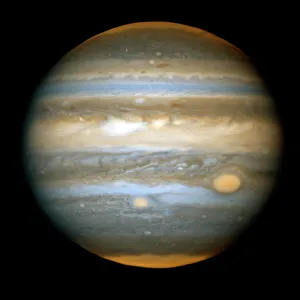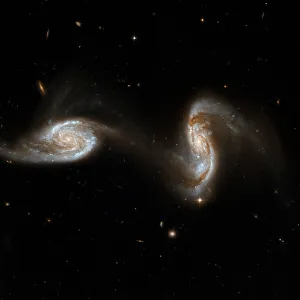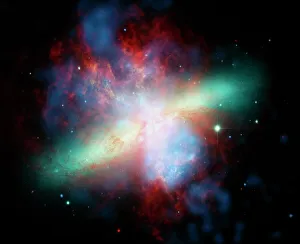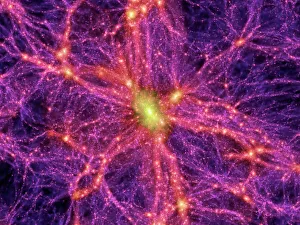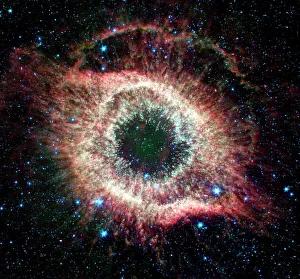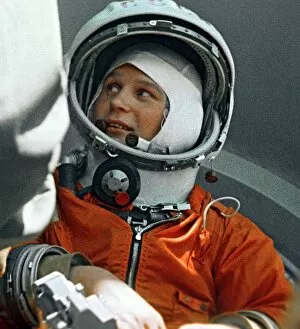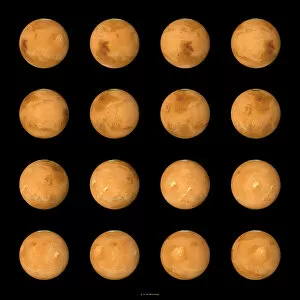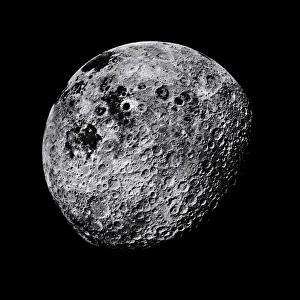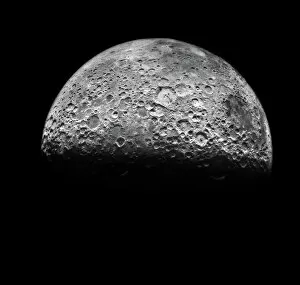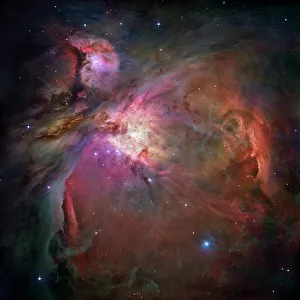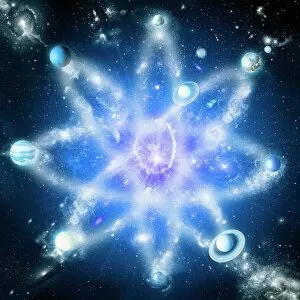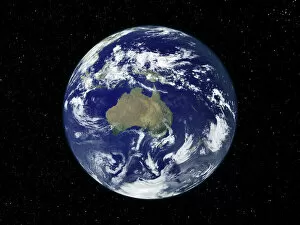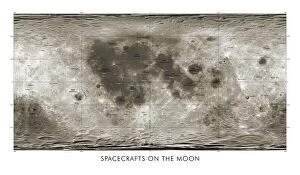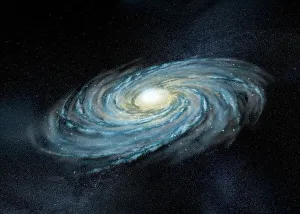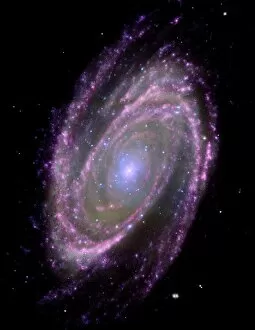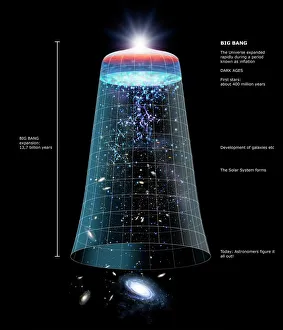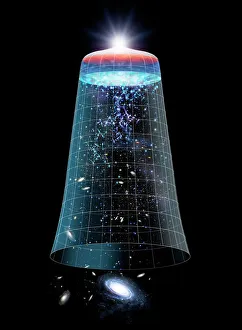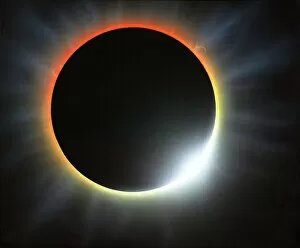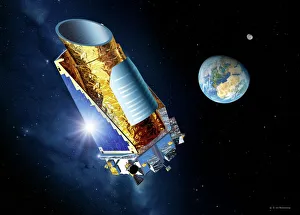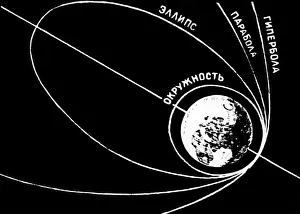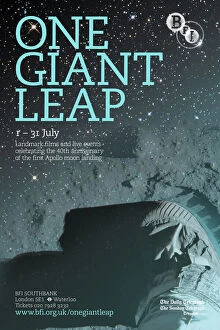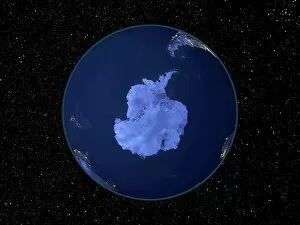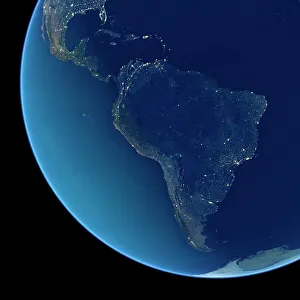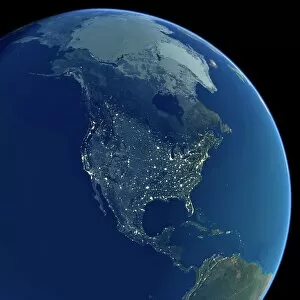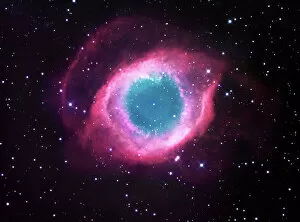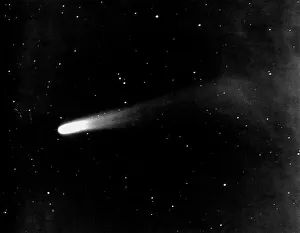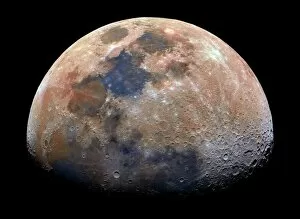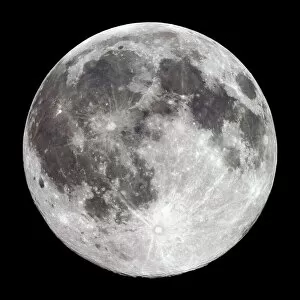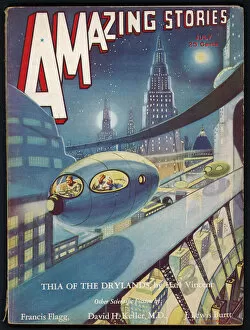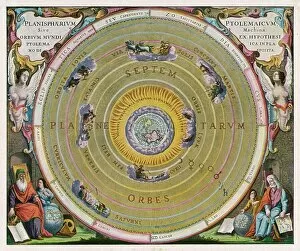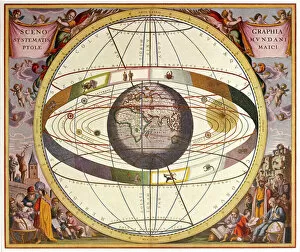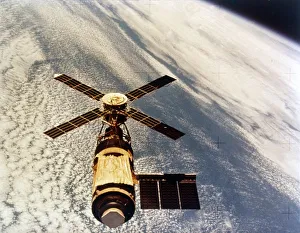Space Collection (page 4)
"Exploring the Vastness: A Journey through Space" "Pale Blue Dot, Voyager 1: Our tiny home amidst the cosmic ocean
All Professionally Made to Order for Quick Shipping
"Exploring the Vastness: A Journey through Space" "Pale Blue Dot, Voyager 1: Our tiny home amidst the cosmic ocean. " "Earthrise over Moon, Apollo 8: Witnessing our planet's beauty from a lunar perspective. " "Sunrise in Space by Leonov: Capturing the breathtaking dawn beyond Earth's atmosphere. " "Hubble Ultra Deep Field 2012: Peering into the depths to uncover its hidden wonders. " "An Ideal Home No. V. The Spare Room by William Heath Robinson: Imagining living quarters beyond our earthly boundaries. " "An Ideal Home No. II. The Folding Garden: Envisioning nature flourishing in zero gravity environments. " "Laika the space dog postcard: Remembering the brave pioneers who ventured into orbit before us. " "Earthrise over Moon, Apollo 8 (again): Reminding us of humanity's first glimpse at our shared home from another celestial body" "A Star Explodes - Norman Lindsay : Witnessing the explosive grandeur of stellar phenomena. "Earthrise photographed from Apollo 11 spacecraft : Iconic image capturing mankind's first steps on another world and reflecting on Earth's fragility. "Flat Earth map of the world showing it to be a plane : Reflecting on how far we've come in understanding our place in an ever-expanding universe. "The Sketch Ideal Home No. VI Sports Without Broad Acres by. . : Dreaming up unconventional sports and leisure activities for future extraterrestrial dwellings. In this captivating journey through space, we explore iconic moments like Voyager 1 capturing Earth as a Pale Blue Dot and witnessing an awe-inspiring Earthrise over Moon during Apollo missions; we marvel at Leonov’s depiction of sunrise beyond our atmosphere and delve deep into Hubble’s Ultra Deep Field images revealing distant galaxies.

